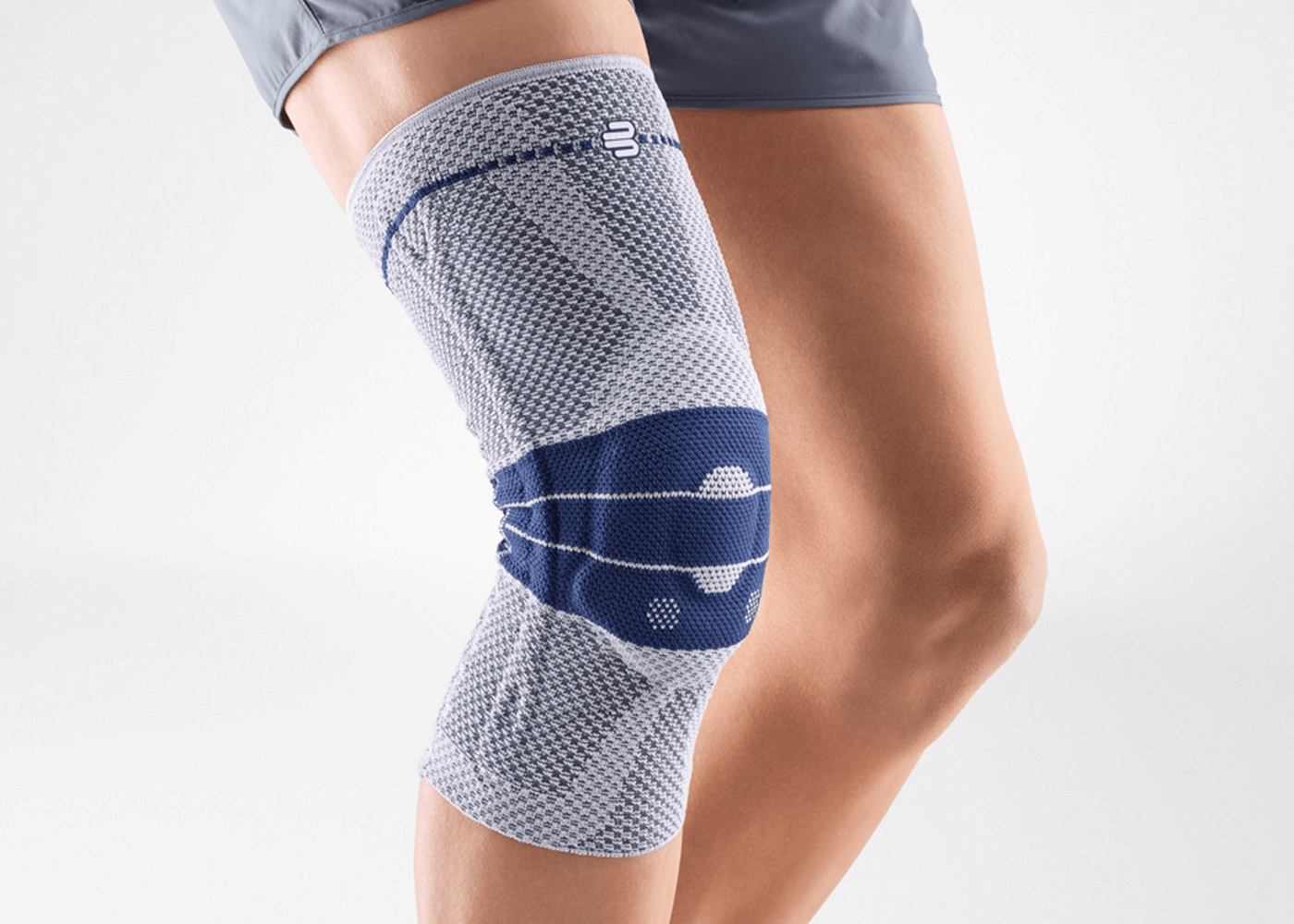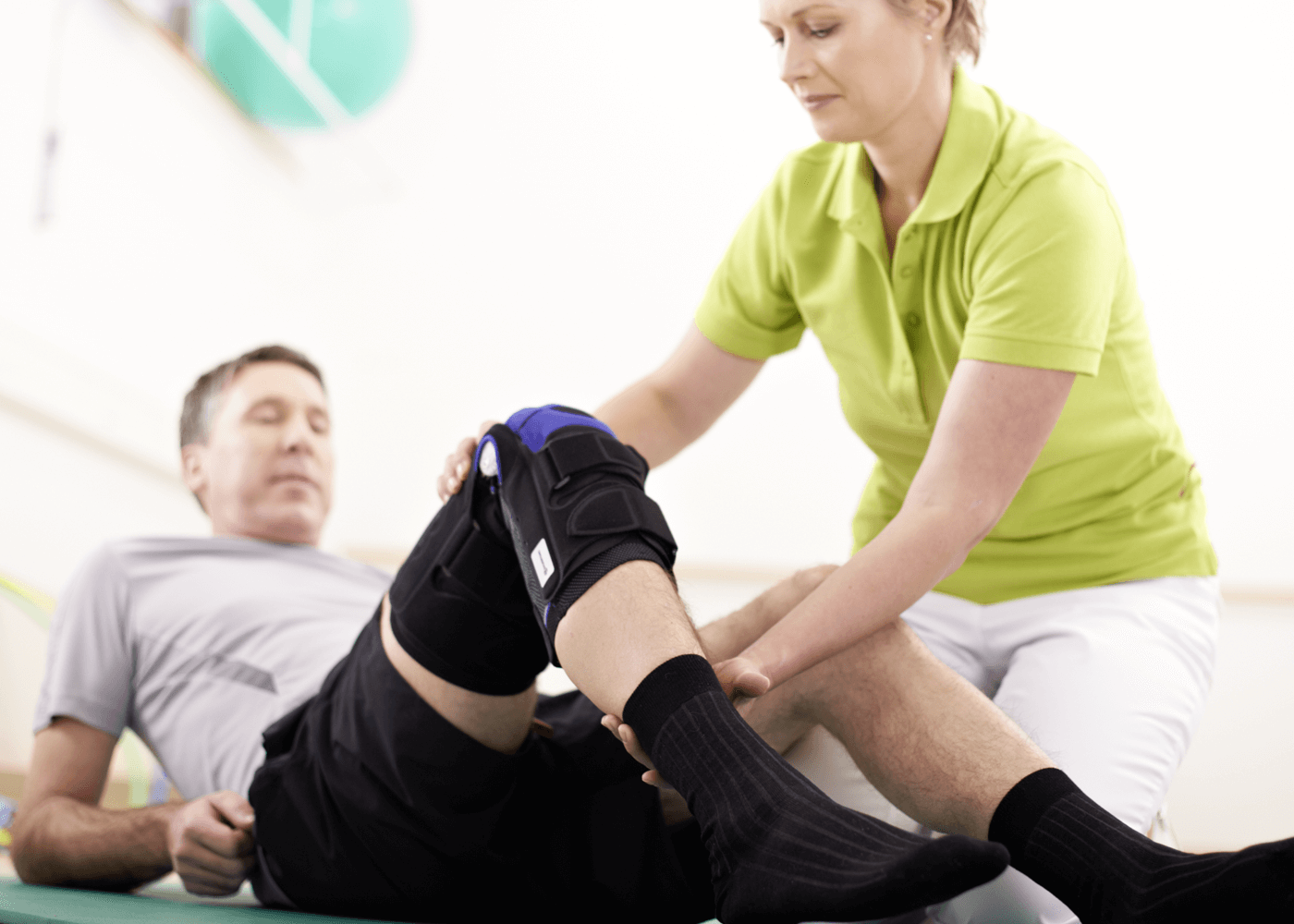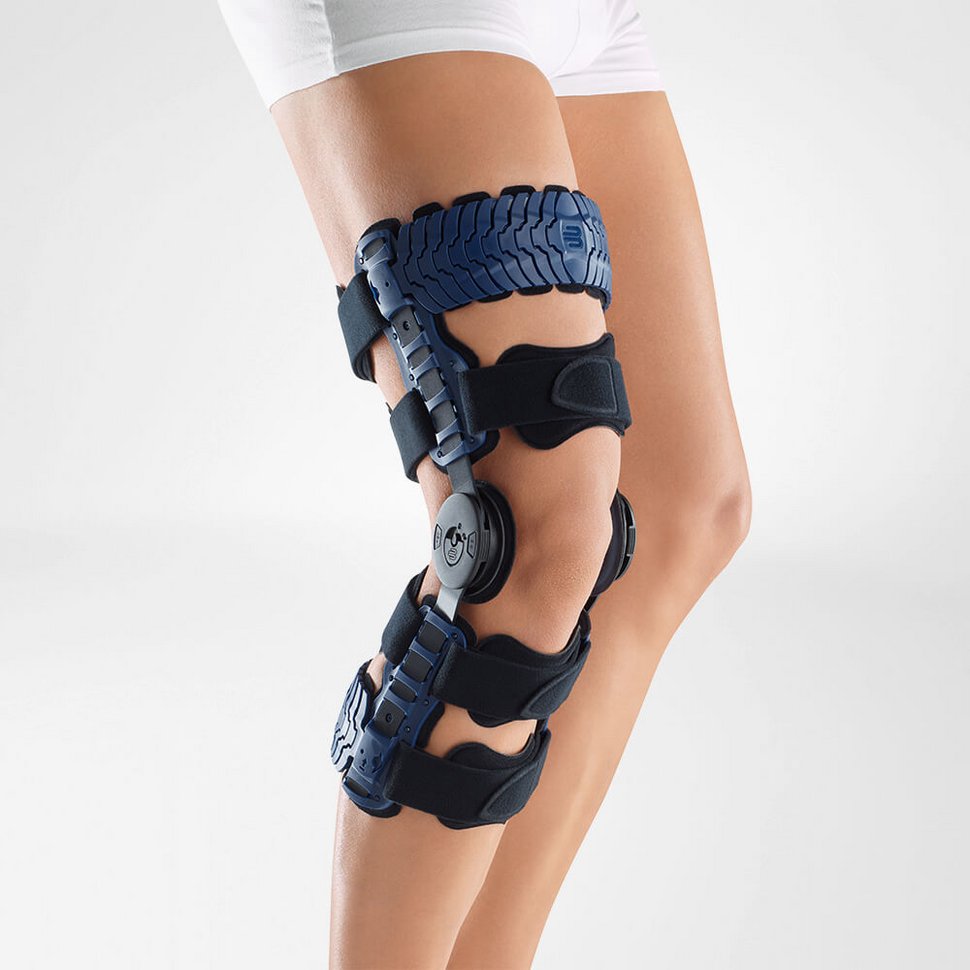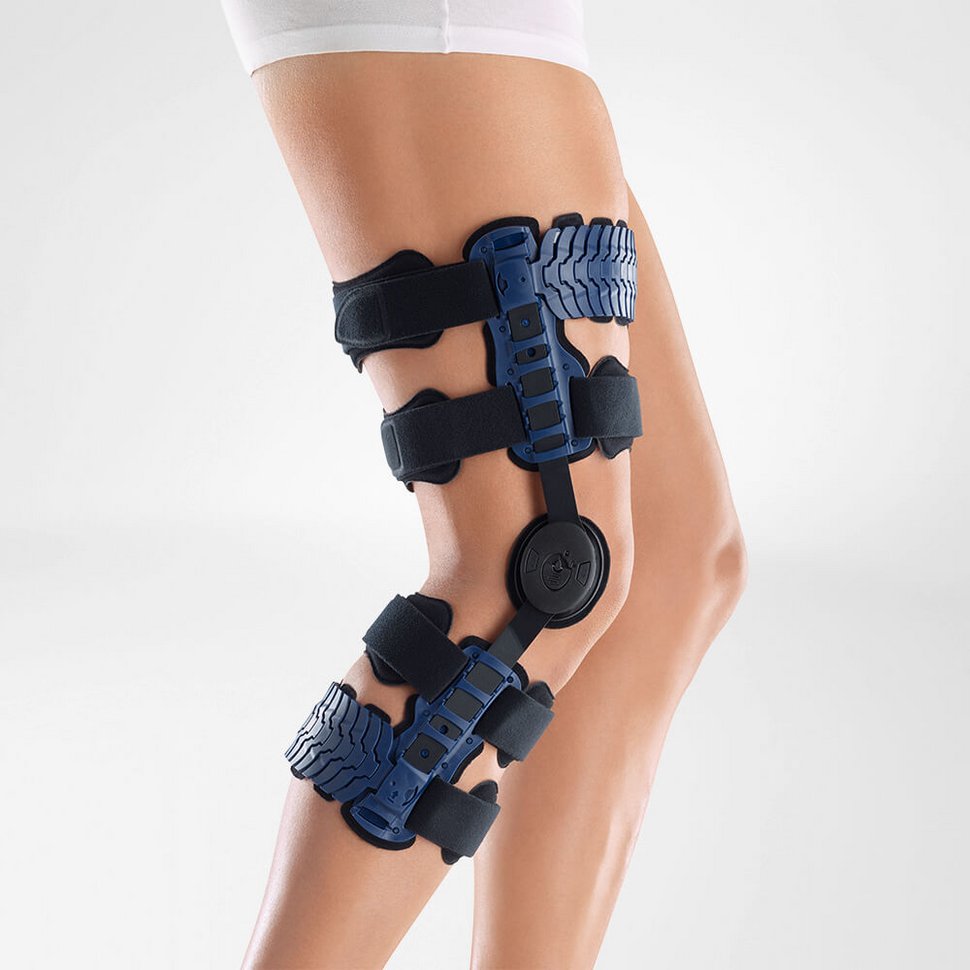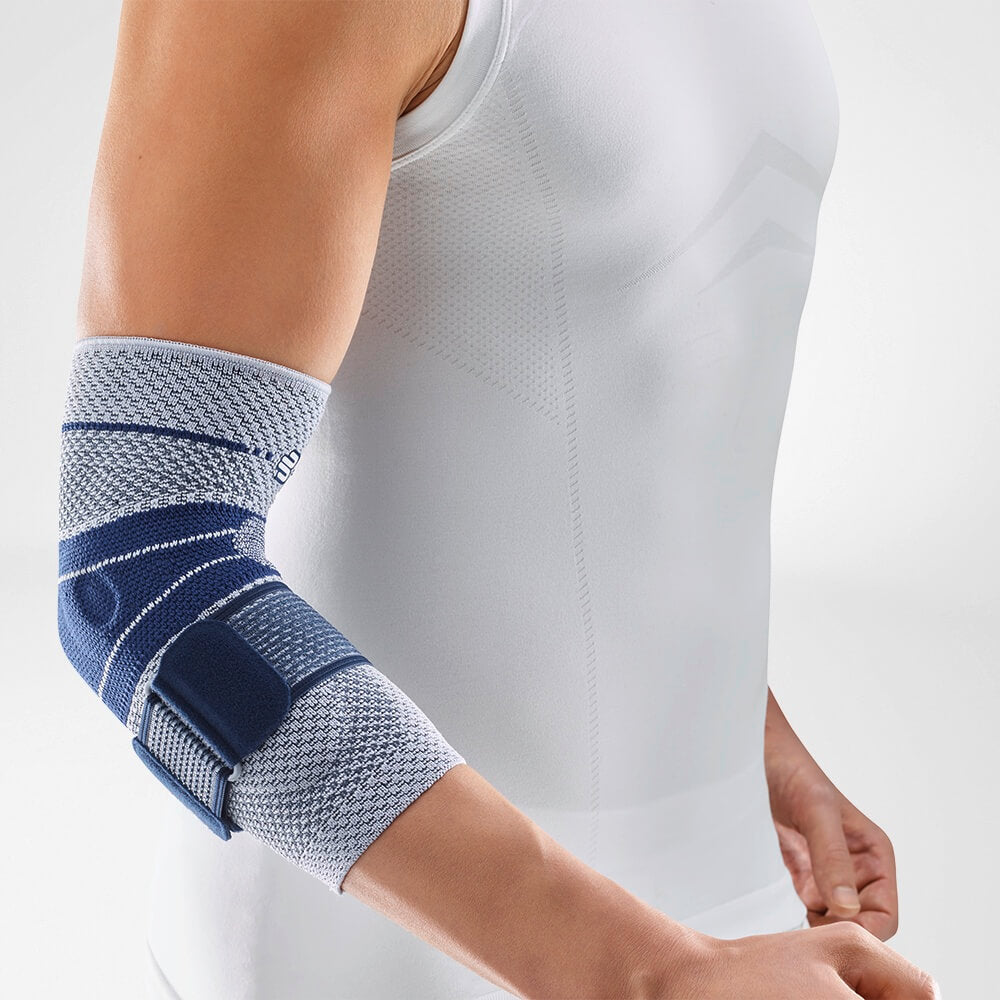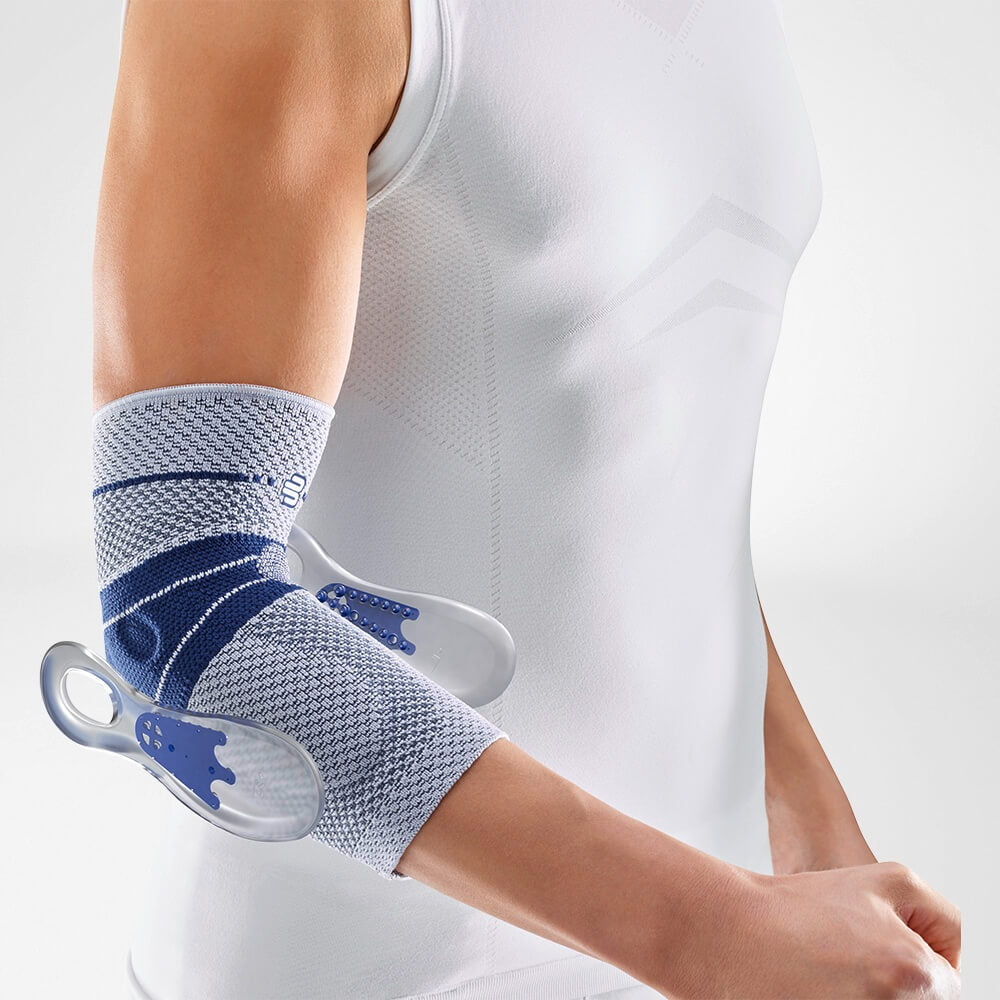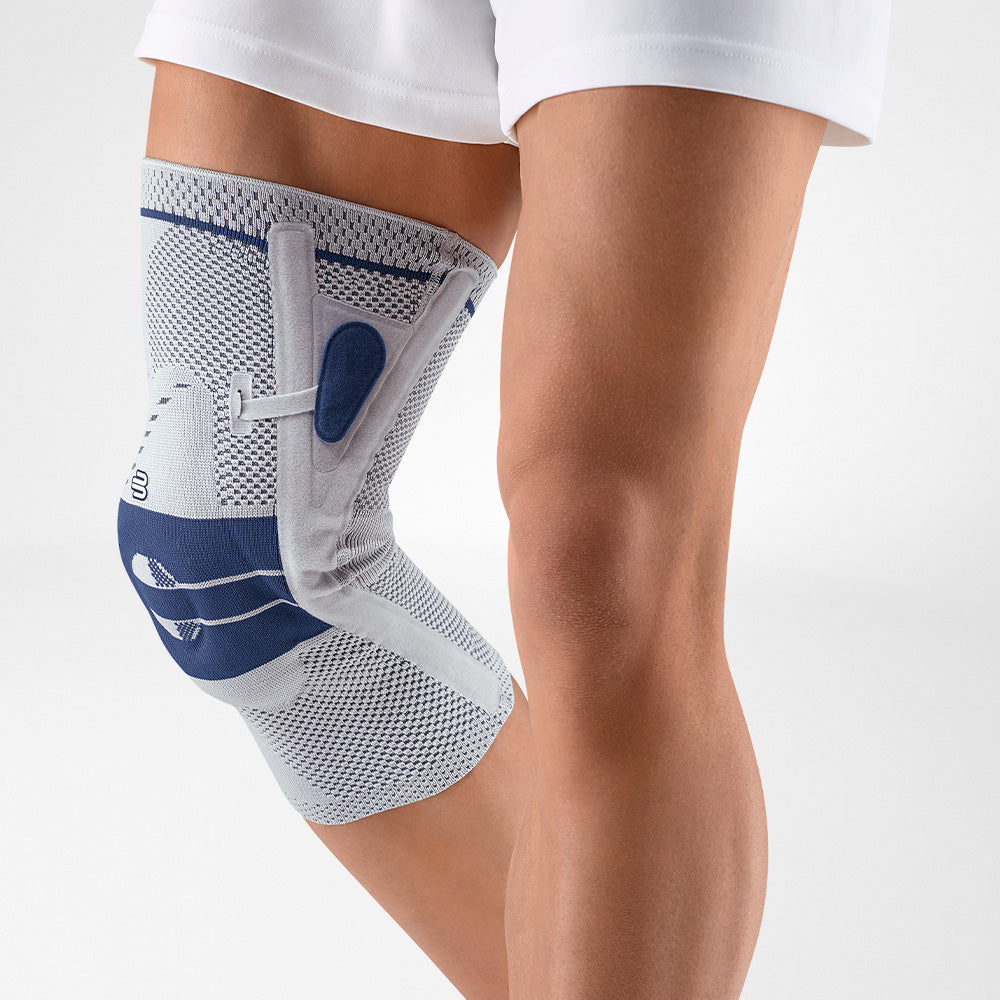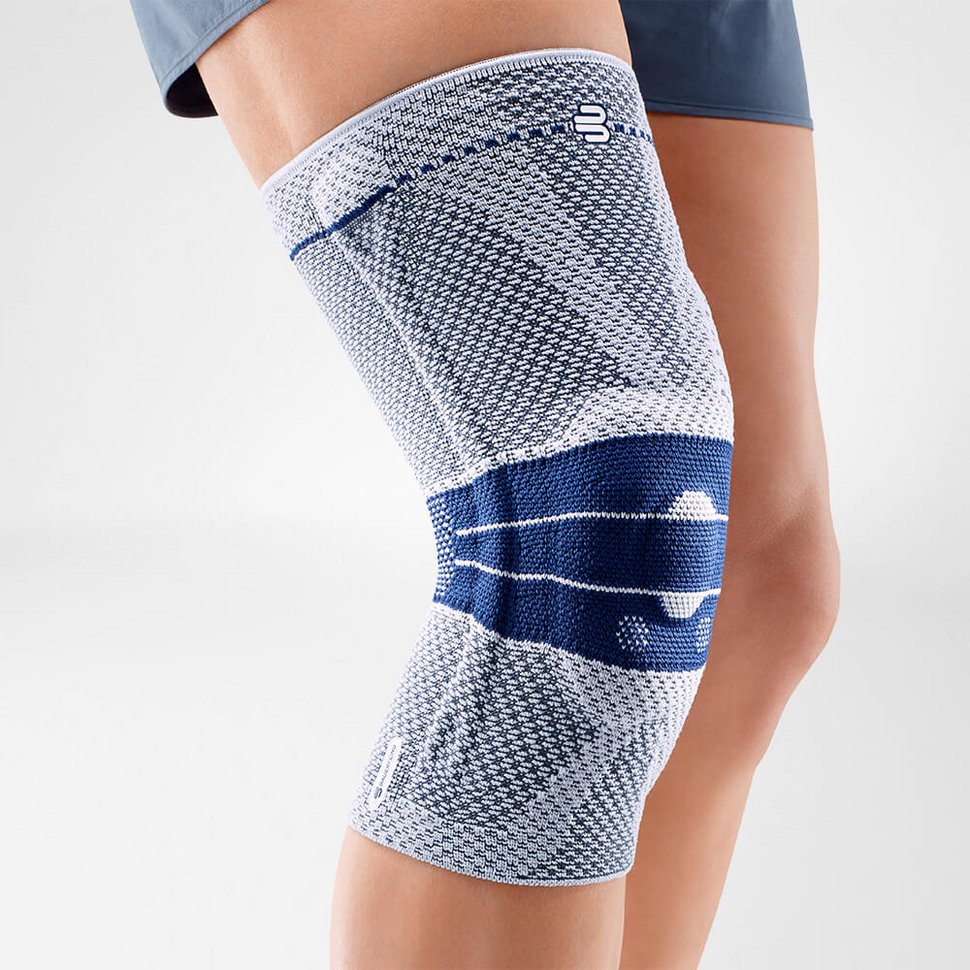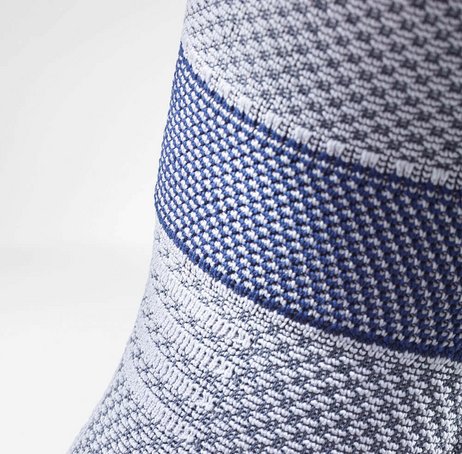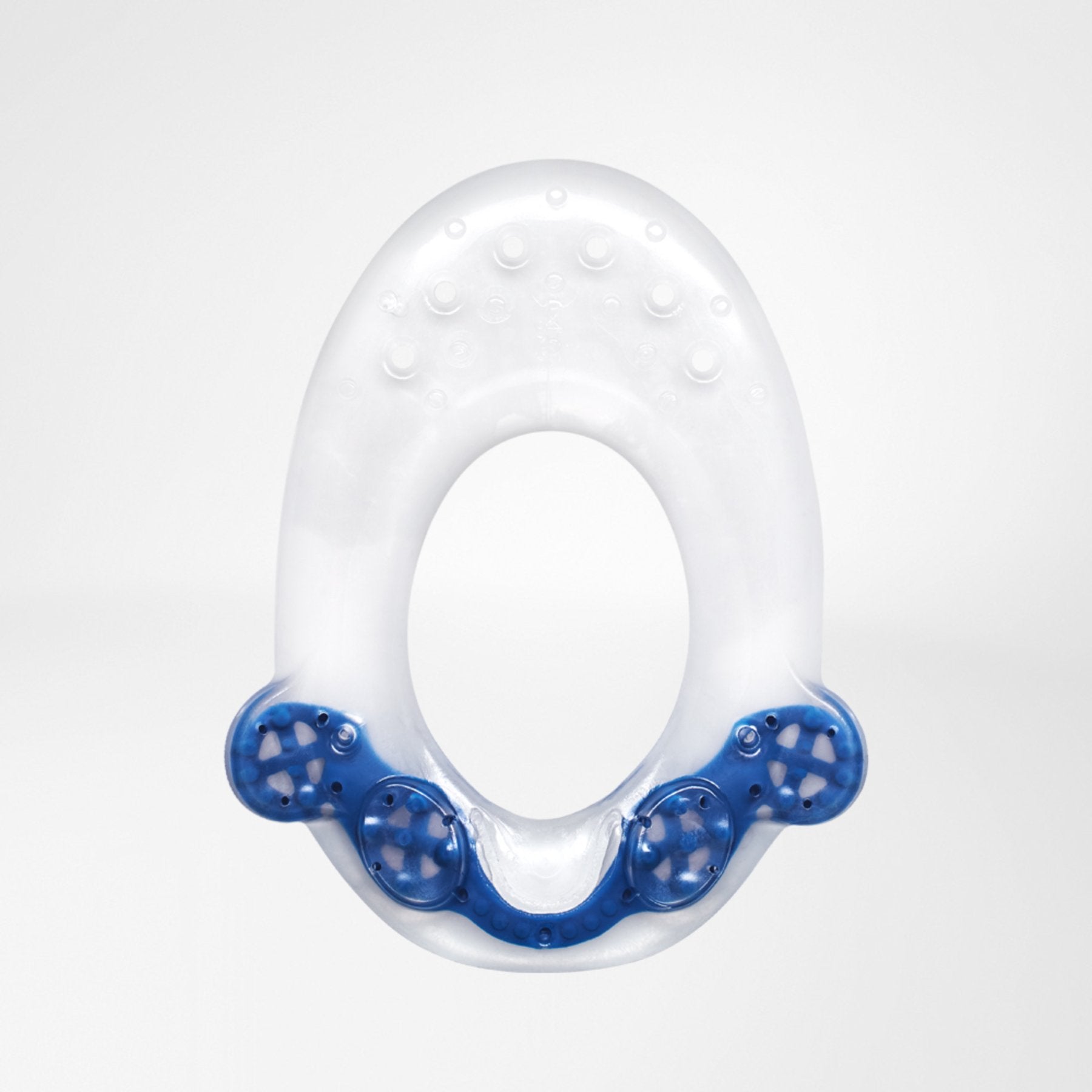Knee Joint Pain: Causes Chronic Cases of Knee Pain
The knee joint is one of the largest and most crucial joints in our body. It is a complex structure that facilitates our daily movements, including bending and walking.
Knee joint pain can arise from a variety of causes and is critical to address in the initial stages. Pain can severely restrict movement and is often a sign of related underlying complications.

Most people associate knee pain with a sharp painful sensation on the inside of the knee cap. This can occur due to repeated wear and tear of the knee joint or from sporting injuries.
With sufficient support and protection, minor cases heal by themselves. However, in some cases of severe injury or degeneration, more invasive surgical measures may be necessary if conservative treatment options have been exhausted.
Continuous wear and tear of the knee joint can lead to chronic cases of knee pain like arthritis, which can be severely debilitating to one’s daily functional ability.
Causes and Symptoms of Knee Pain
The knee joint plays an instrumental role in weight-bearing and all our lower body movements. Although the knee joint is resilient, there are factors that can lead to damage and long-term wear and tear. Some of these factors include:
- Knee bruising or trauma, including sporting injuries and accidents.
- Patients with arthritis have joint degradation and inflammation, which can lead to severe knee joint pain and discomfort.
- Autoimmune diseases and metabolic disorders have been known to have an association with the development of joint pain.
- Overstretching the knee: Practicing poor proprioception can lead to stretching the knee beyond its natural range of motion, which can damage the knee joint. For example, abrupt and uncontrolled rotation of the knee joint during exercise may damage the meniscus.
- Long term chronic degeneration can lead to arthrosis of the knee joint itself.
Chronic Knee Pain
Most acute cases of pain in the knee are resolved by sufficient support through wearing a medical knee brace and sufficient physiotherapy. In chronic cases of knee pain, however, there are severe underlying symptoms associated.
For example, in arthritis, the protective cartilage between the two leg bones could be severely compromised, which results in direct contact between the bones. This constant rubbing of the two bones can lead to severe long-term pain and chronic discomfort.

The severity of knee pain can increase and become worse over time. Early diagnosis is essential and highly recommended for an effective treatment plan.
Knee Pain Diagnosis
A typical diagnosis begins with a physical examination of the knee. A range of mobility tests is used by the physical to ascertain the root of the cause. For example, a physician can physically check if the pain is on the inside of the knee or in front of the knee and then decide on an appropriate course of treatment.
Sophisticated imaging technology, including Ultrasound, X-rays, MRI’s and CT scans, is commonly used to get a clear idea of the extent of trauma or degeneration within the knee joint. If the cause of the pain is not in the joint itself, more invasive surgical examinations may be necessary.
Treatment from Knee Joint Pain
Treatment for knee joint pain depends entirely on the cause and diagnosis. Most acute cases of pain can be addressed by:
-
Cooling
Applying an ice pack is highly effective in managing edema caused by the injury. It soothes the joint and provides instant temporary relief to the patient.
-
Prescription Painkillers
Prescribed painkillers, like Ibuprofen, can help patients manage the pain and discomfort, whilst also providing some relief.
-
Medical Knee Braces
Contrary to other treatments, complete immobilization might not be in the patient’s best interests as it may aggravate the pain further. Long term immobilization can lead to chronic degeneration of the joint. Thus, it is highly recommended to provide sufficient support and protection to the compromised joint with medical knee braces.

-
Prescribed Physiotherapy
Rehabilitation is very important to ensure complete healing. Prescribed physiotherapy, with the use of knee braces, will help strengthen the joint and alleviate the pain, whilst reducing the risk of further damage.
Hydrotherapy and remedial massage can significantly reduce the discomfort in the joint and help manage pain.
-
Surgical Intervention
Depending on the severity of the condition, like in the cases of arthrosis or damage to the meniscus, surgical interventions may be necessary.
What is the best knee brace for knee pain relief?
During the recovery process, it is highly recommended to wear medical knee support which can stabilize the knee joint.
Bauerfeind’s GenuTrain Knee brace protects and stabilizes the knee joint. It features an omega-shaped gel pad that surrounds the knee cap. This gel pad has integrated massaging points which help to alleviate pain and pressure in the structures of the patella tendon and meniscus.
The GenuTrain Knee Brace is also engineered from a breathable knitted fabric, making it comfortable to be worn over long periods of time whilst also compressing at a medical-grade.

